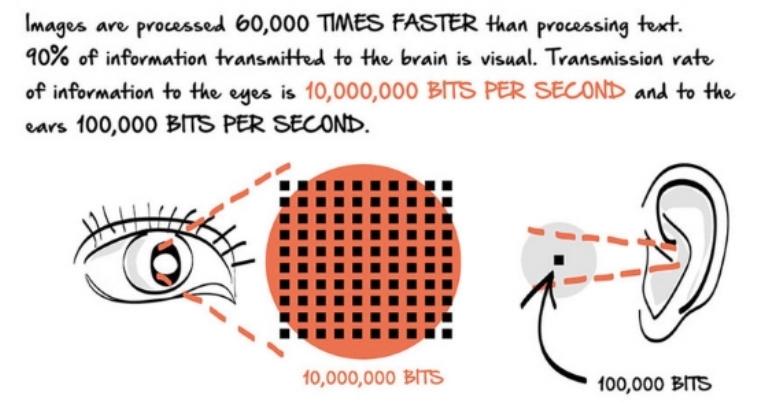In a previous article, we discussed how the art of storytelling can be used as a powerful PR tool. In the digital era, we have more communication channels available to us than ever before, enabling us to formulate our PR programmes in a variety of ways in order to make the maximum impact and reach our target audience.
Know your audience:
As every marketer is probably aware, building rapport with your audience serves as an important foundation for business success. By using site analytics, customer surveys and general market research, you should be able to figure out the ways in which your customers are arriving at your site and how they are hearing about your products and services. For example, if you are receiving a lot of traffic because of positive mentions by niche bloggers and the subsequent Twitter discussions which occur, you can use this intelligence to tailor your PR programme accordingly.
Multiple ways to tell a story:
If you already know that bloggers are interested in your company, why not give them something that they can sink their teeth into? Offering to write a guest post for their blog or giving them a free product to review would be a productive strategy. Alternatively, creating a visually compelling, masterfully constructed infographic would not only give bloggers something valuable to share, but infographics also tend to gain a lot of traction on social media too. Infographics which are based on customer survey data tend to perform well because they allow you to turn a seemingly meaningless sea of data into a powerful narrative – which is ideal for PR purposes!
While your market research should dictate the communication channels which you put the most effort into, there’s no need to limit yourself if you think other channels could also be useful. By putting out excellent visual content on channels such as YouTube, Vine and Instagram, in combination with text-based blog posts and engaging updates/questions on Facebook and Twitter, you are only creating more potential paths for PR success – provided you don’t waste precious resources and employee hours putting out subpar content!
Earned versus paid media:
Earned media is essentially the methods used to get people to your site. This includes: word of mouth, content marketing (such as blog posts and infographics), recommendations and social media shares. Good SEO will help to ensure that your site ranks highly in search engines, which is crucial to maximise the impact of earned media. While any digital marketing strategy should place a strong focus on earned media, you can supercharge your success with some paid media too. Forms of paid media include: social media advertising, Pay Per Click, paid distribution of content (niche bloggers and industry specialists are useful for this) and so forth.
While both earned and paid media are effective and can be used simultaneously, your budget is likely to determine your approach. Building a solid audience with an effective content marketing strategy is highly recommended for fledgling businesses, but once you’re established and you have more money to spend, investing in some paid advertisements may bring you an excellent ROI.
Photo credit: Excerpt from: Metaphor: The Shortcut to “Yes” (an infographic by Anne Miller and Mammoth Infographics )
Tags: blog, Earned media, infographic, paid media




